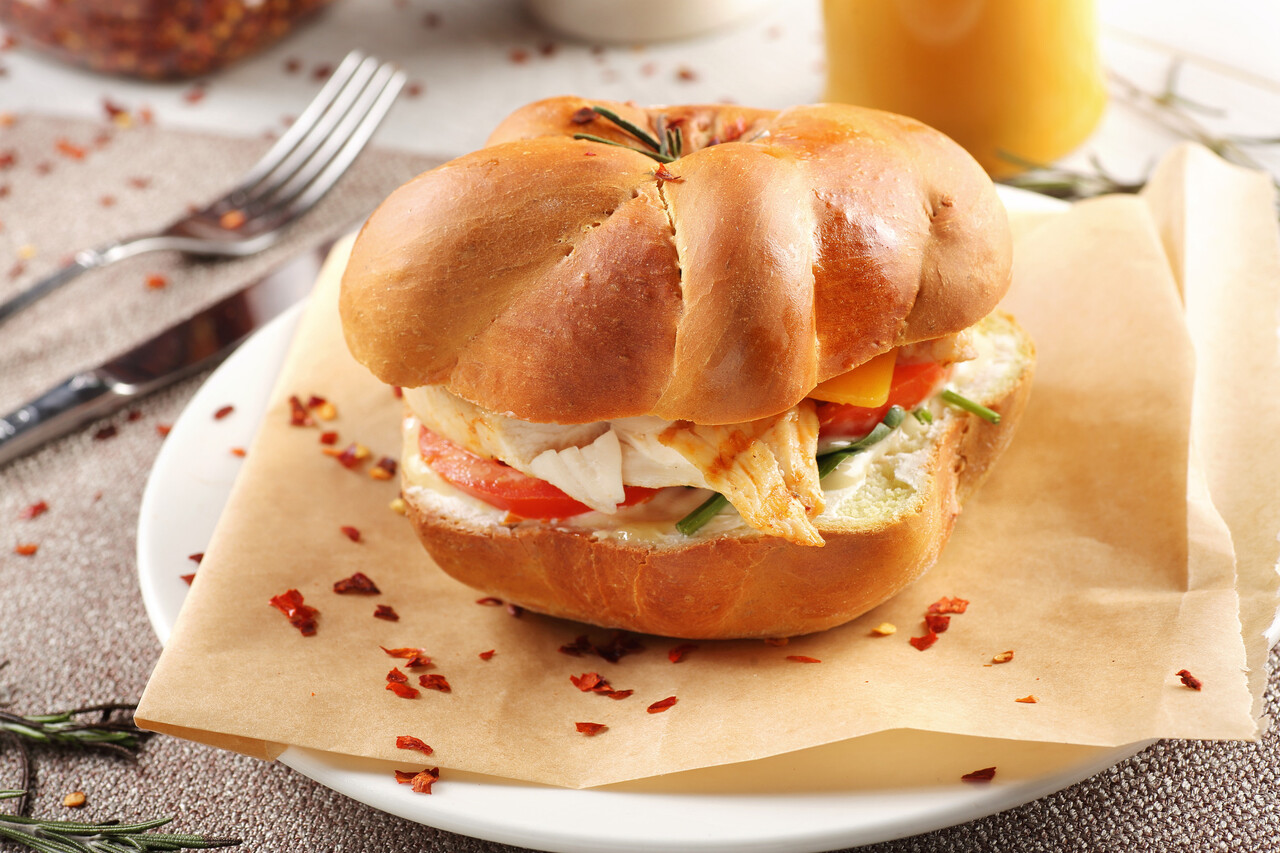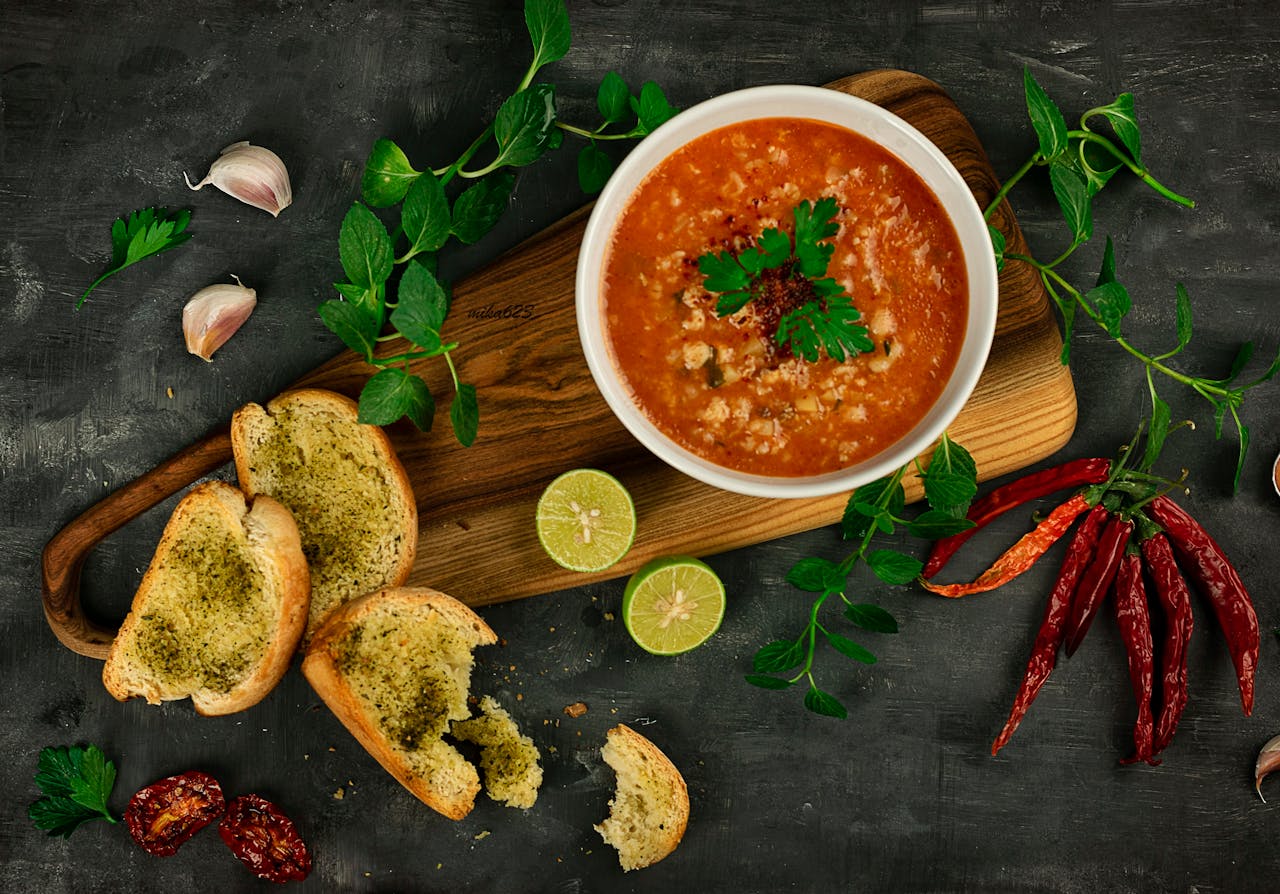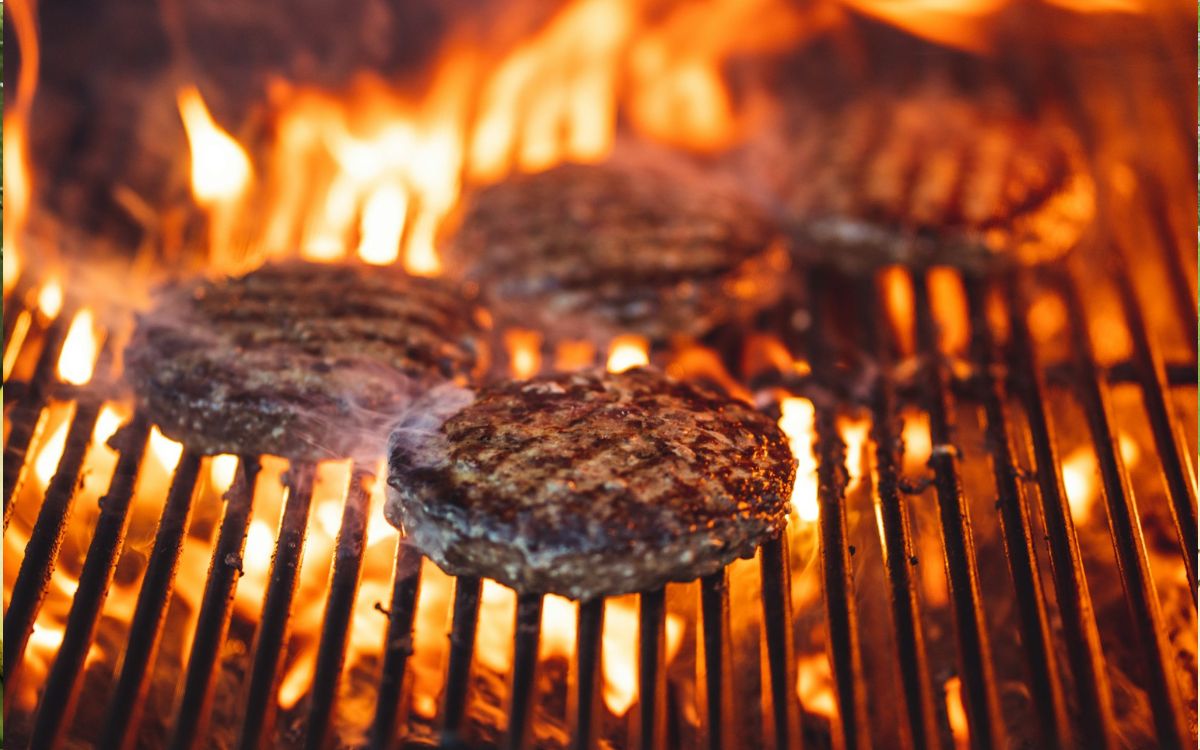Wagyu Vs Kobe Beef: 10 Key Differences Every Foodie Should Know

Few debates stir as much passion among food enthusiasts as the debate over Wagyu versus Kobe beef. Both are known for their incredible marbling, melt-in-your-mouth texture, and prices that make them feel like a luxury reserved for special occasions. But here’s the catch: while every piece of Kobe beef is Wagyu, not all Wagyu can be called Kobe. Understanding the differences goes beyond bragging rights at the table. It’s about appreciating the history, the genetics, the strict rules, and the craftsmanship that make each bite unforgettable.
1. All Kobe Is Wagyu, But Not All Wagyu Is Kobe
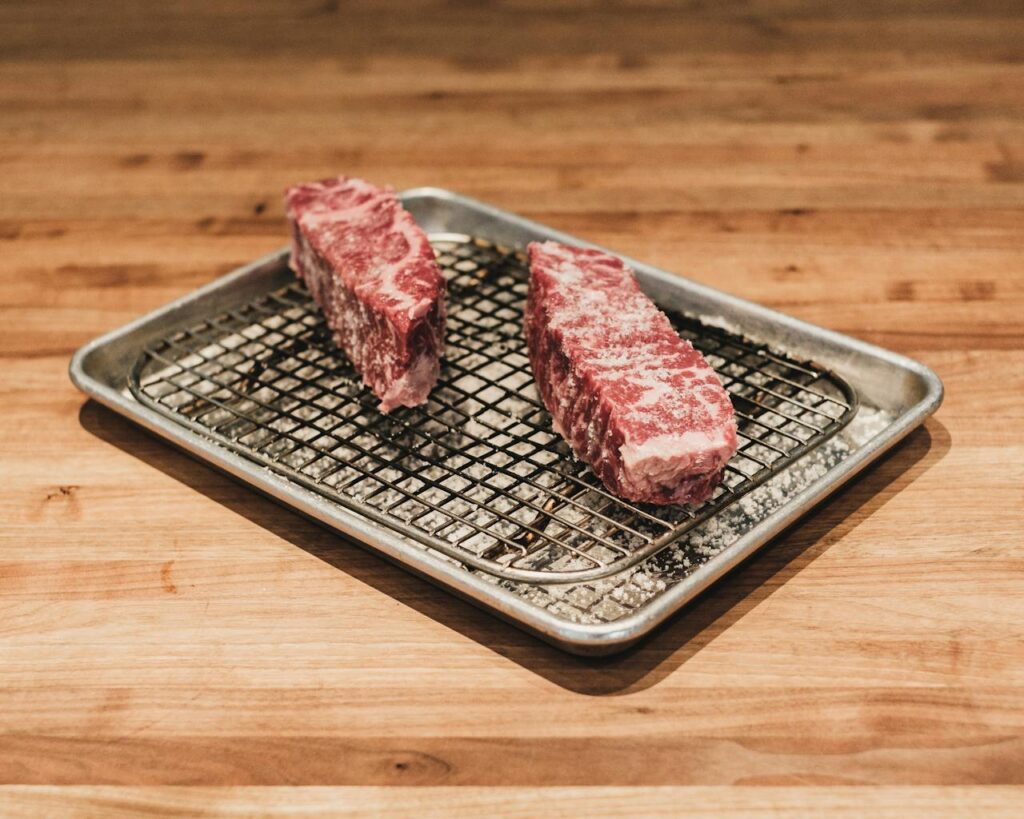
Here’s the thing: Wagyu is the umbrella term, and Kobe is a highly specific member of that family. Wagyu literally means “Japanese cattle” and refers to several breeds prized for intramuscular fat. Kobe is a protected name that applies only to beef meeting strict pedigree, region, and quality checks in Hyogo prefecture. Saying “Kobe” implies a certification and origin story beyond genetics, while “Wagyu” can describe animals raised in many countries and under varied systems. Knowing that distinction clears up most confusion at the butcher counter.
2. Breed and Strain Requirements
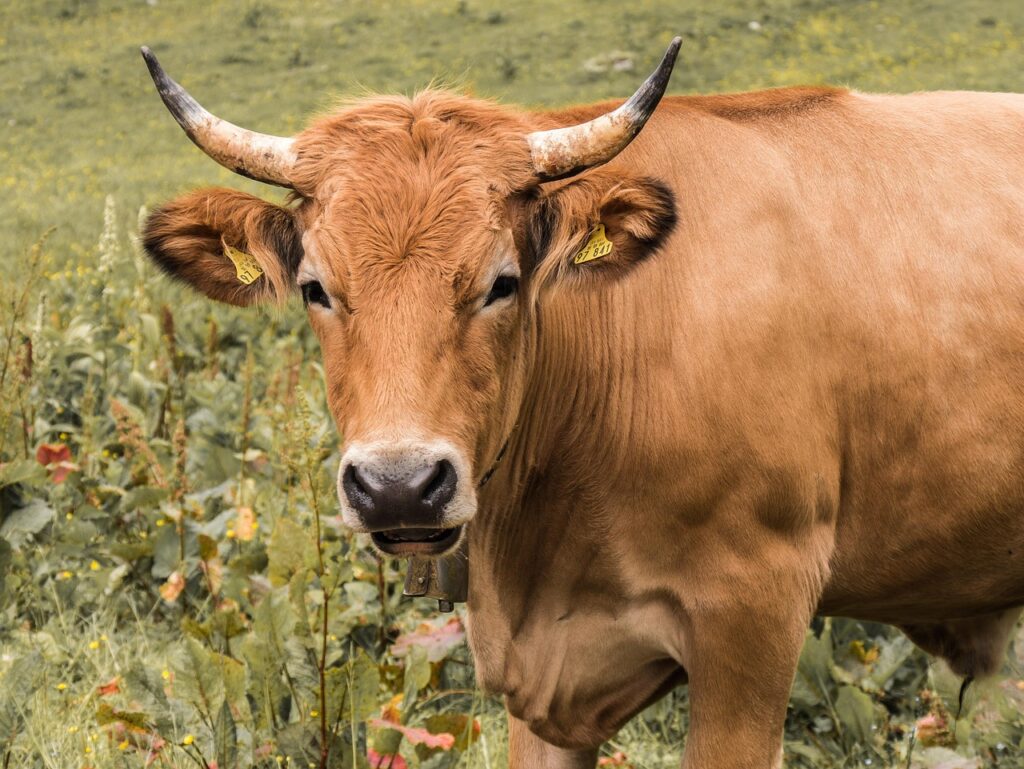
What this really comes down to is bloodlines. Within the Wagyu group, the Japanese Black is the most common and the one most often associated with heavy marbling. Kobe beef must come from a specific strain of Japanese Black, the Tajima line, with documented pedigrees. Those pedigrees matter because genetics determine how fat deposits inside the muscle, how fine the marbling is, and how the meat behaves under heat. In short, strain and lineage shape texture and mouthfeel as much as finishing feed or aging do.
3. Geographic Origin Matters
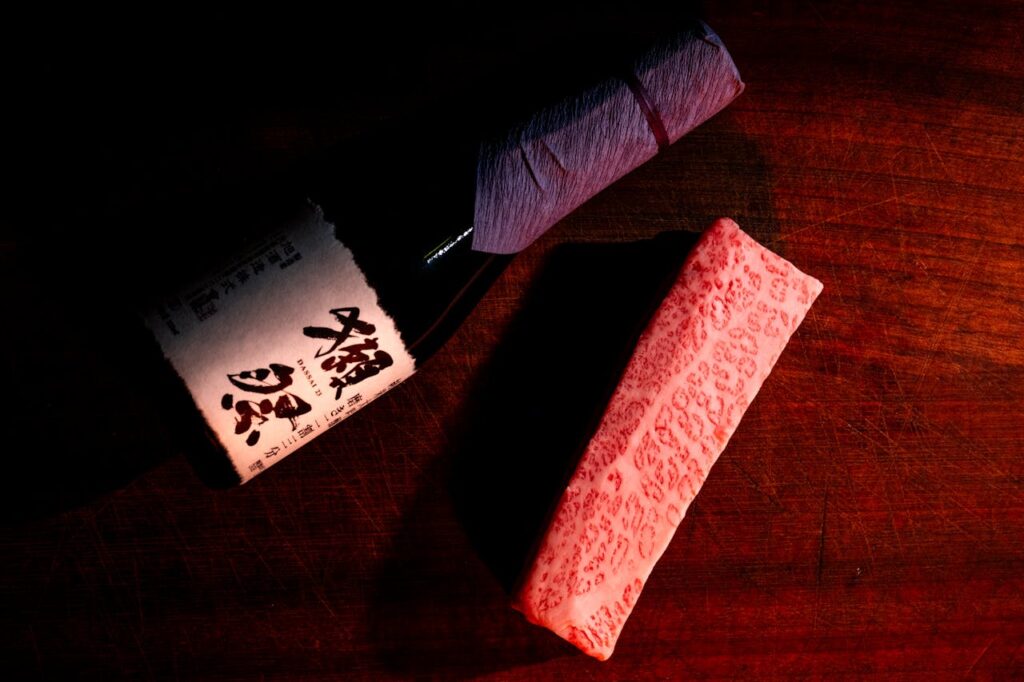
Origin is not marketing flourish; the environment changes the result. Hyogo prefecture has long-standing husbandry, local feeds, and climate patterns that shaped Kobe’s reputation. Wagyu raised in Australia, the United States, or other parts of Japan experience different feed, pasture, and handling regimes, so the final taste, fat profile, and texture vary. Terroir-like effects exist in beef: diet, humidity, and even barn management influence fat composition and how the meat presents on the plate.
4. Strict Production Standards for Kobe
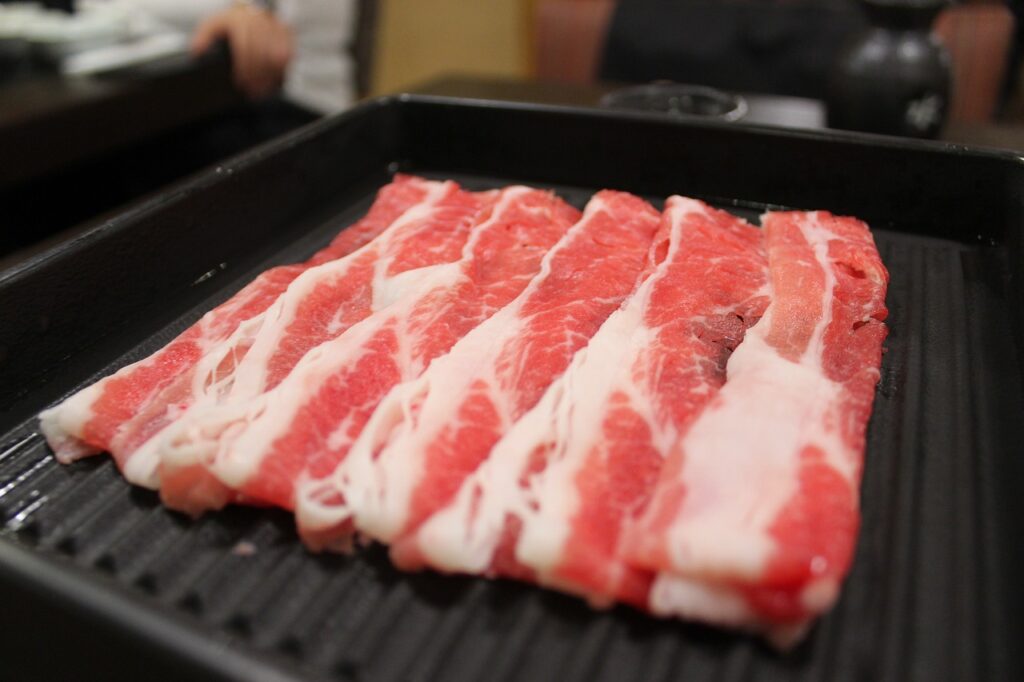
Kobe is kept rare by design: it must meet documentation rules tied to lineage, be raised within a prescribed region, and pass quality gates before the name can be used. Those controls include tracking birth records, rearing location, and carcass evaluation. The certification ensures consistency for the eater, predictable marbling, texture, and a particular eating experience. That bureaucracy is why authentic Kobe carries weight, and why it appears mostly on fine-dining menus rather than everyday counters.
5. Scarcity and Export Limits Drive Rarity
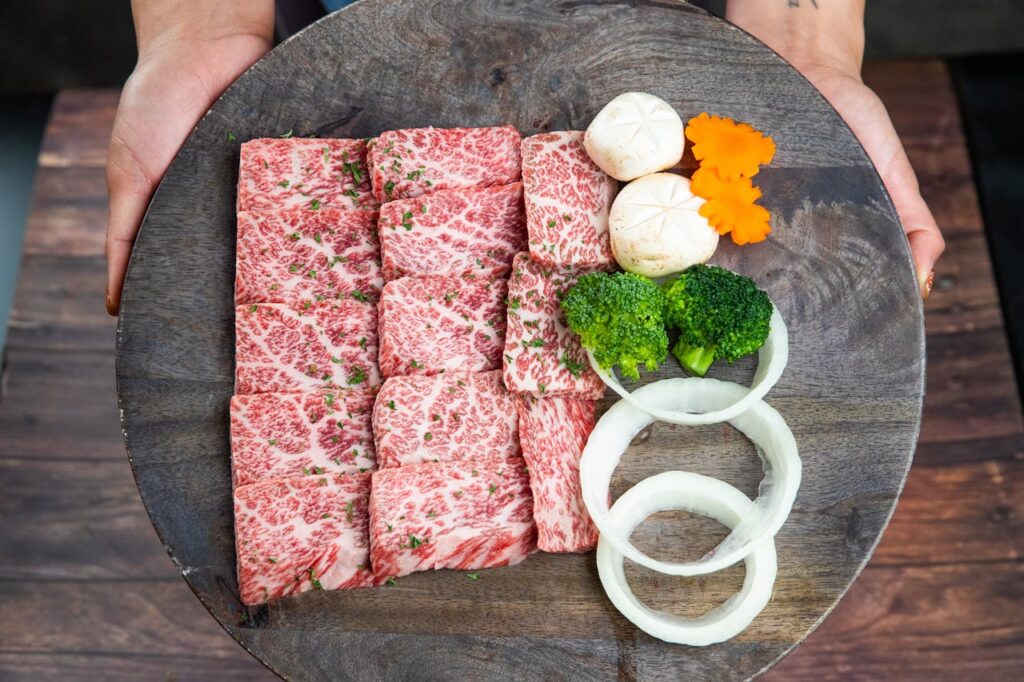
Part of Kobe’s mystique is scarcity. Only a small fraction of Wagyu cattle meet the combined genetic and production criteria required to wear the Kobe name, and historically, Japan tightly controlled the export of breeding stock. That limited supply, combined with global curiosity and demand, makes genuine Kobe hard to source. By contrast, Wagyu genetics have been exported and reproduced overseas, so authentic Kobe remains the rarer, more tightly regulated offering.
6. Price Reflects Certification and Supply
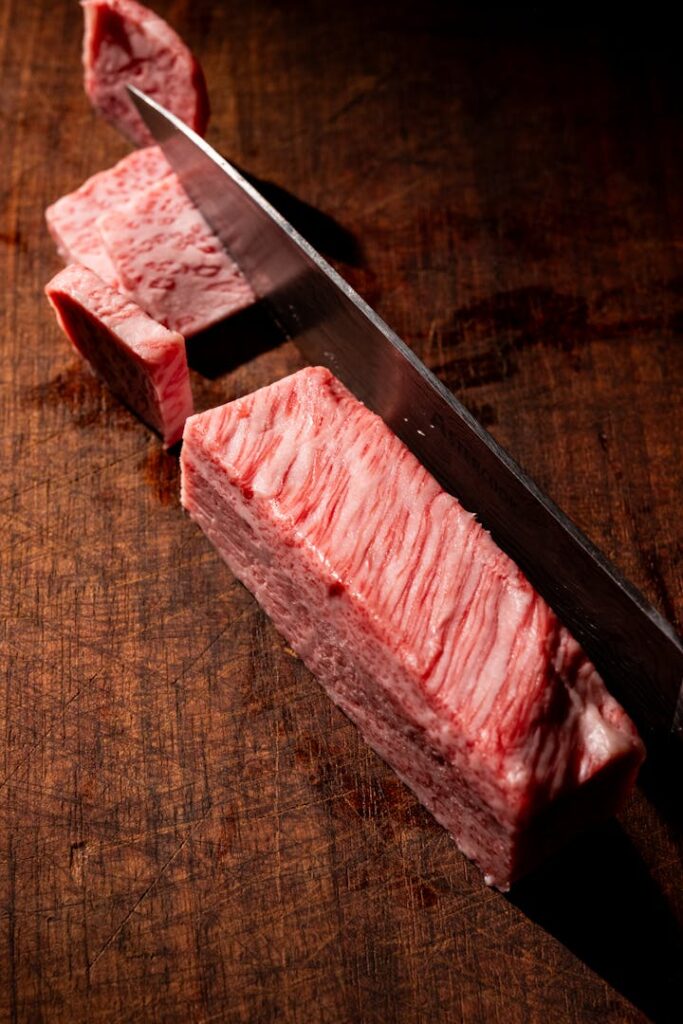
Price isn’t arbitrary; it signals provenance and scarcity. Kobe’s layers of certification, limited qualifying animals, and tight regional production push its price above most Wagyu sold without that seal. Wagyu raised outside the Kobe system can still command high prices because of intense marbling and specialized feeding, but Kobe’s premium reflects both quality metrics and the value consumers place on traceable origin and guaranteed standards.
7. Marbling and Fat Composition Differ

Marbling is the headline, but the nuance is in the pattern and chemistry. Wagyu genetics typically produce abundant intramuscular fat that melts at lower temperatures, giving a rich, buttery mouthfeel. Kobe’s pedigree and rearing practices tend to create especially fine, evenly distributed marbling that produces a silky texture and an almost creamy coat on the tongue. Nutritionally, the fat has a higher proportion of monounsaturated fatty acids, which affects both flavor and how the meat cooks.
8. Flavor Profile Variations Exist
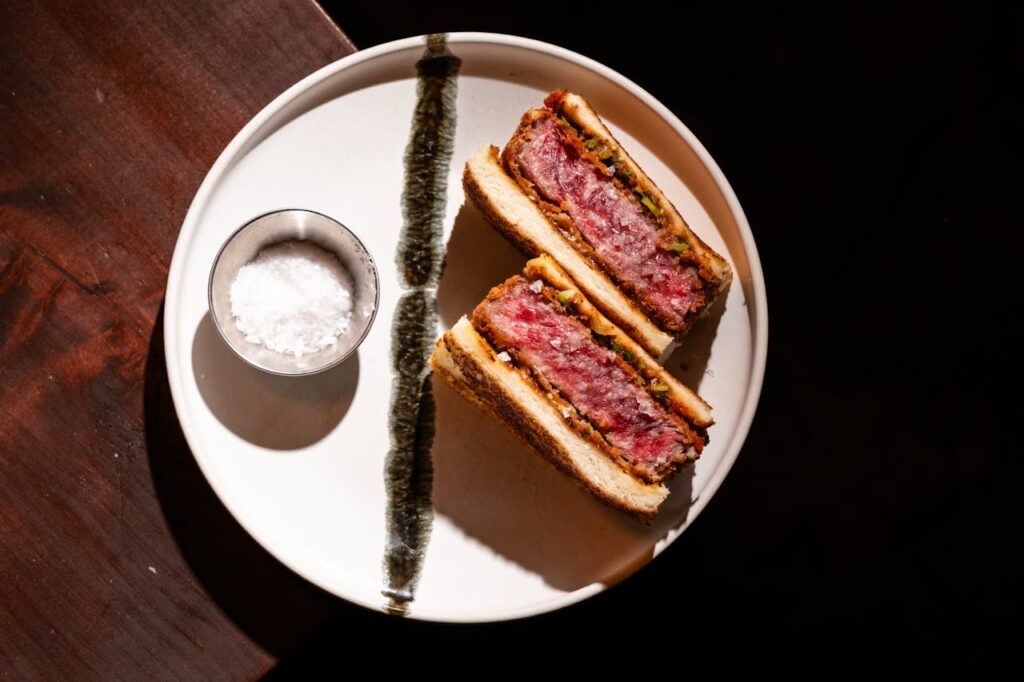
Expect variation rather than a single taste note. Feed, age at slaughter, and aging method alter the aroma and flavor balance. Kobe is often described as delicate, sweet, and luxuriously fatty, while Wagyu from other regions may read as more traditionally beefy or have grassy, nutty, or grainy undertones depending on diet. Aging, wet versus dry, further shifts flavor, so two Wagyu steaks can taste quite different even if they share a breed name.
9. Labeling and Authenticity Can Be Confusing
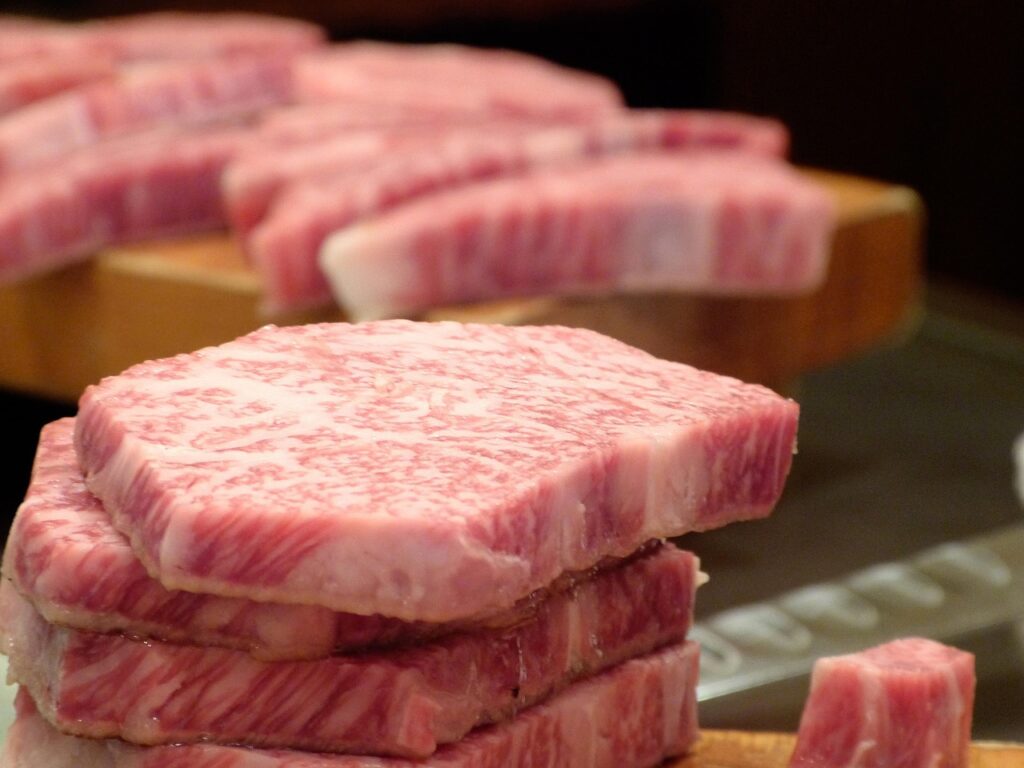
Label literacy matters. Terms like “Kobe-style,” “American Kobe,” or “Wagyu-cross” are often marketing shorthand rather than guarantees of origin. Authentic Kobe comes with traceability, registration numbers, and documented lineage, while many products labeled Kobe outside Japan may not meet those criteria. The practical advice: buy from reputable sellers who provide traceability, ask for proof of certification, and be wary of bargains that promise Kobe at a fraction of the expected cost.
10. Grading Systems and Standards Are Not Universal
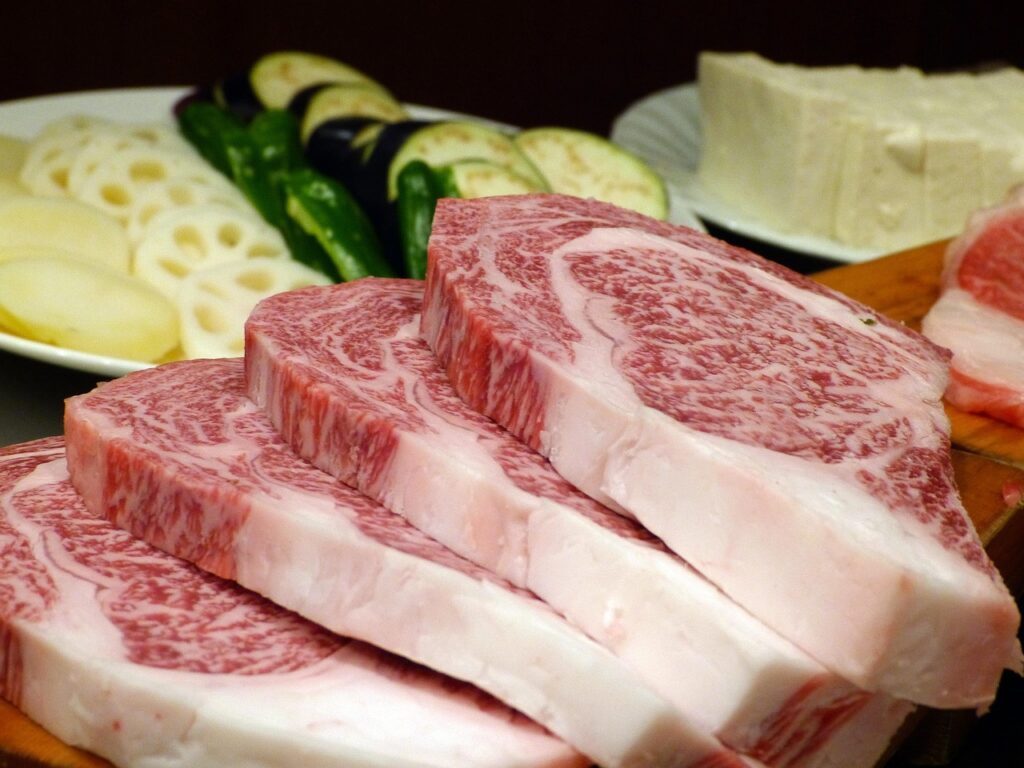
Comparing grades across systems is like comparing apples to pears. Japan’s grading system emphasizes marbling, meat color, firmness, and fat quality on scales specifically designed for Wagyu, whereas other countries use USDA or local systems that emphasize different traits. A top-grade Wagyu in one system isn’t automatically the same as top-grade Kobe under another. For informed buying, look beyond names: check the grading metric, the marbling score, where provided, and the country of origin to understand what you’re actually getting.
